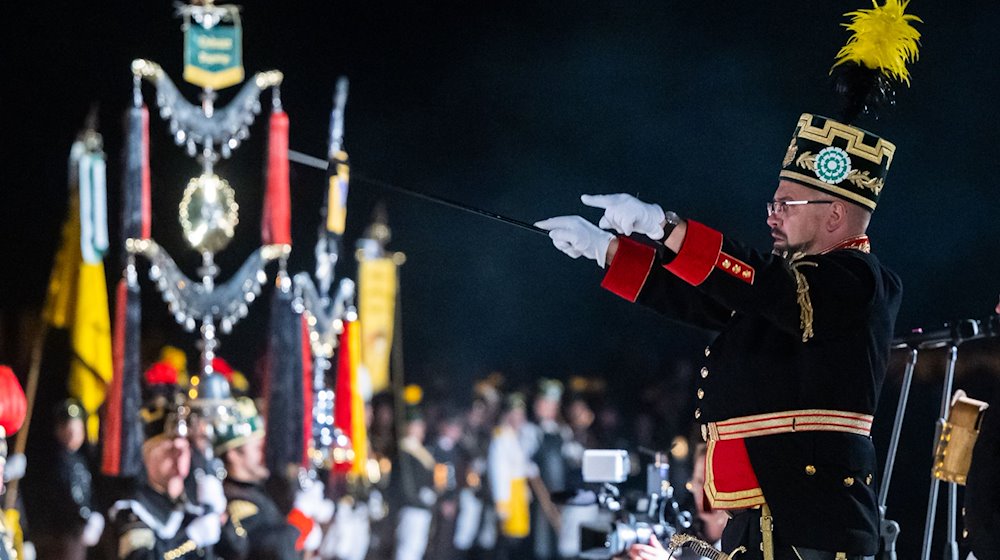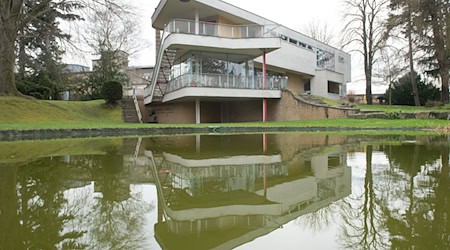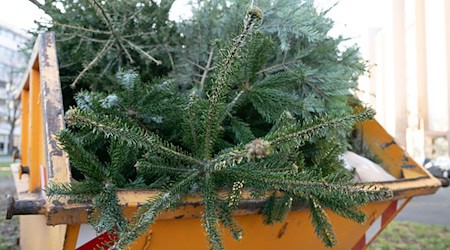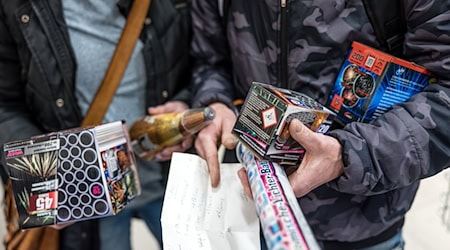Whether in the soccer stadium, at concerts or at the mining parades during Advent: the Steigerlied is a must at many events in Saxony. A year ago, it was even ennobled as intangible cultural heritage. "The song was already internationally known before that," emphasizes state mining music director Jens Bretschneider in an interview with the German Press Agency. With this title, however, it has once again received great recognition, which it undoubtedly deserves.
The centuries-old anthem of German miners with the opening words "Glück auf, Glück auf! The miner is coming" is part of the region's identity, according to Bretschneider. Even though there are hardly any miners left in the Erzgebirge, many people have grown up with the song. It is not only played at soccer matches of FC Erzgebirge Aue and many mining parades. "We end all our concerts with the Steigerlied," says Bretschneider, who leads the music corps of the mining town of Schneeberg. "When the first bars ring out, the whole audience stands up." Music is also used to keep traditions alive.
The song also has a firm tradition in other, once important mining regions such as the Harz, the Ruhr and Saarland. It describes the miners' hope of returning to the light and their families after hard and dangerous work underground. Its origins date back to the 16th century. The oldest evidence is a print in the songbook "Bergreihen", which was published in Zwickau in 1531. A copy of it is kept in the local council school library.
The old march can also score points in a new guise: Whether classically with orchestra, in Persian, in the style of blues, swing, rock or breakdance - 26 versions have been recorded so far for the Free State's image campaign "So geht sächsisch" (That's Saxon) and have been clicked on millions of times on the internet. These include recordings with the Dresden Kreuzchor as well as the musical cabaret duo Zärtlichkeiten mit Freunden, a version on the carillon of Chemnitz Town Hall and one on the Silbermann organ in Freiberg Cathedral.
This range is very exciting and helps to give the well-known song a new lease of life, says Bretschneider. "Musical tastes are different and every variation finds its circle of friends. In the end, that's a good thing." Bretschneider does not believe that the whole thing will wear out over time and that audiences will tire of the song. After all, it has been sung and played for centuries. "Even today, it is still emotionally moving for many people every time."
Copyright 2024, dpa (www.dpa.de). All rights reserved










